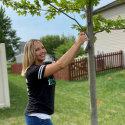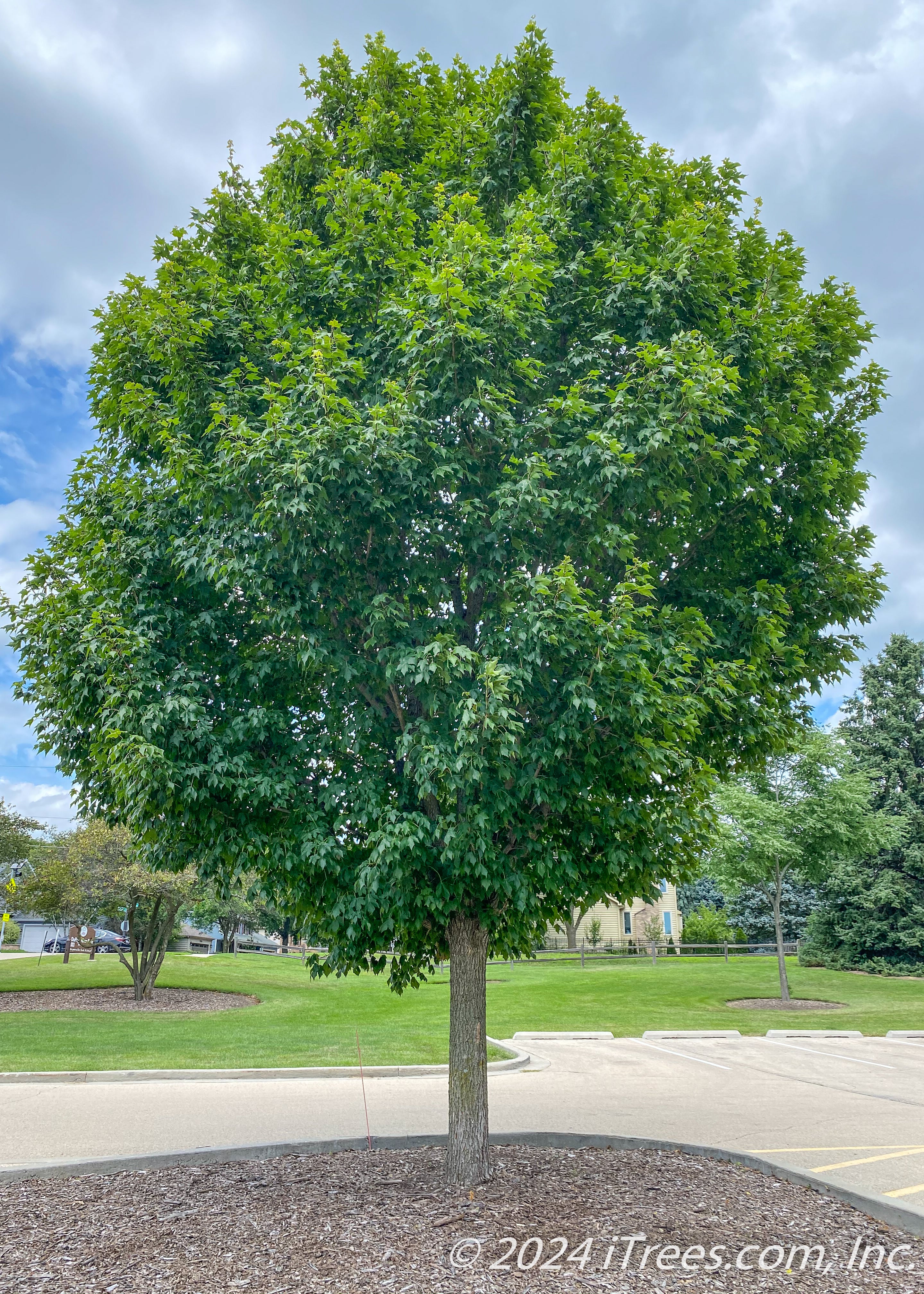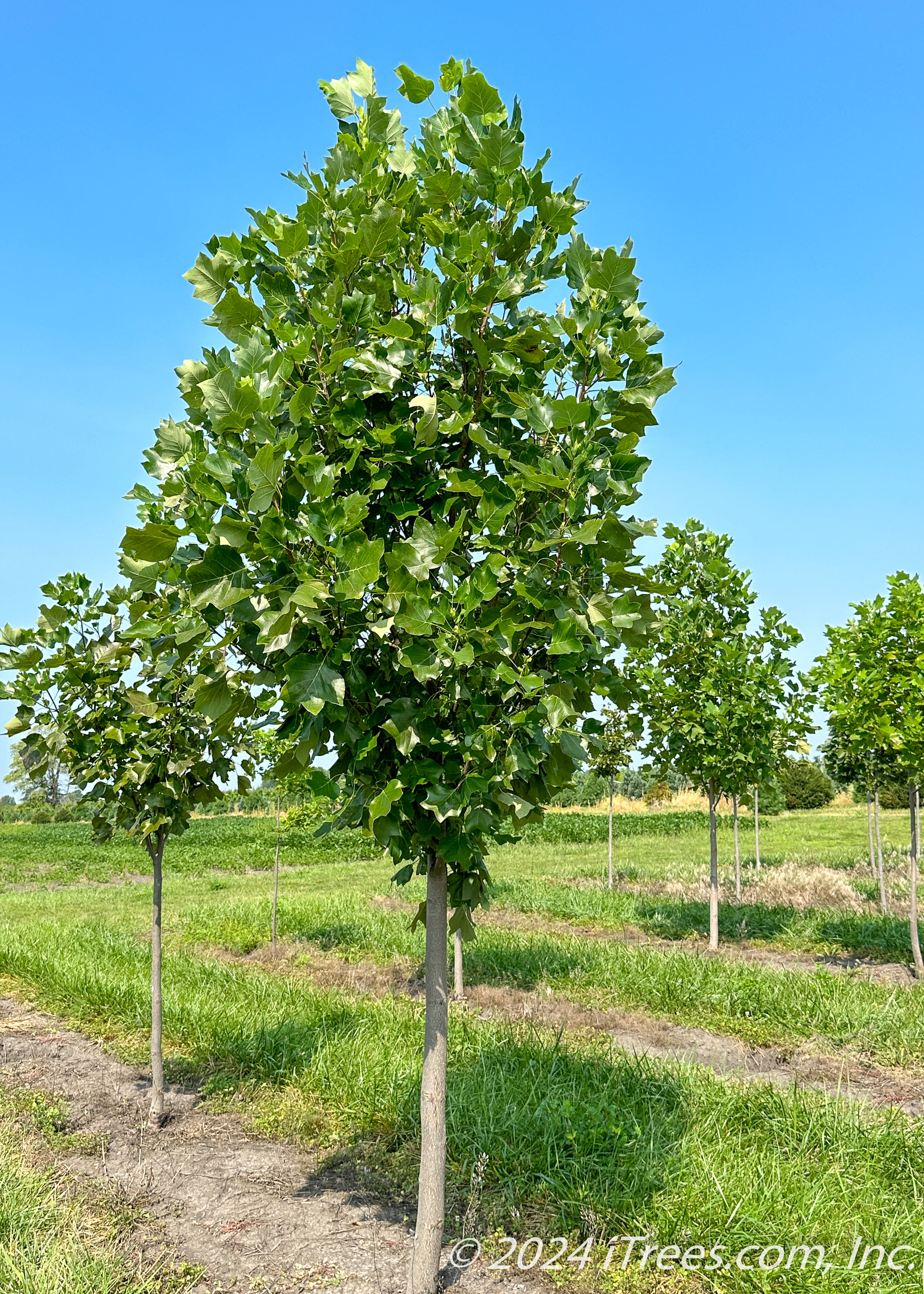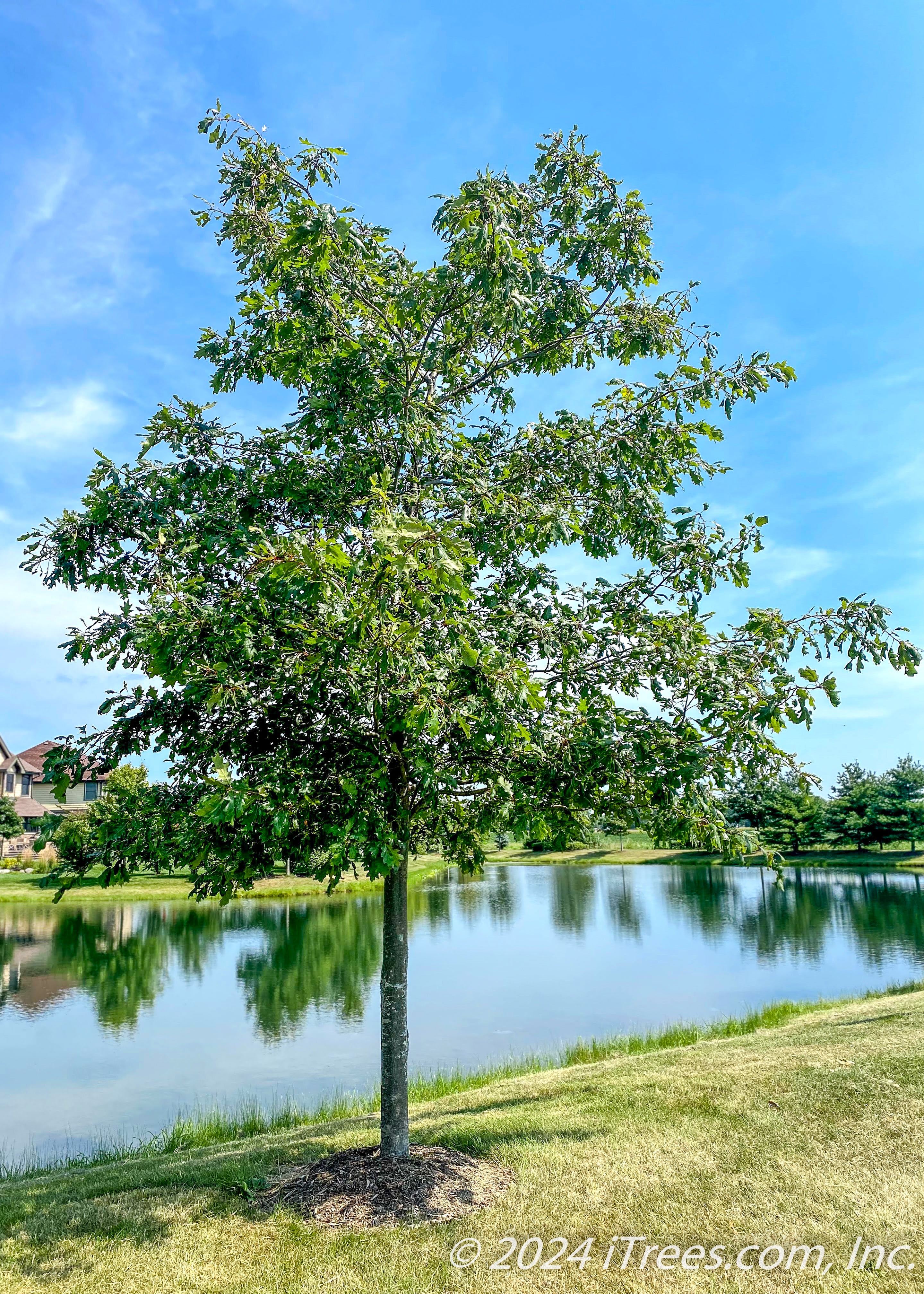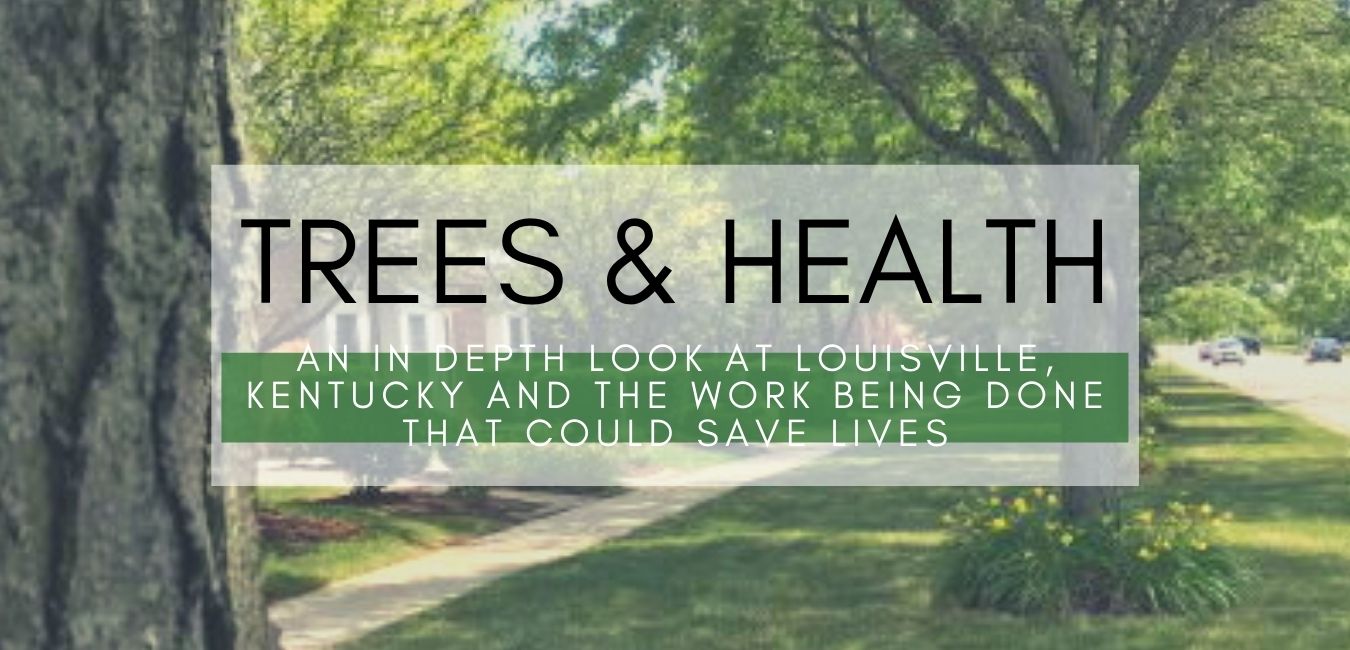
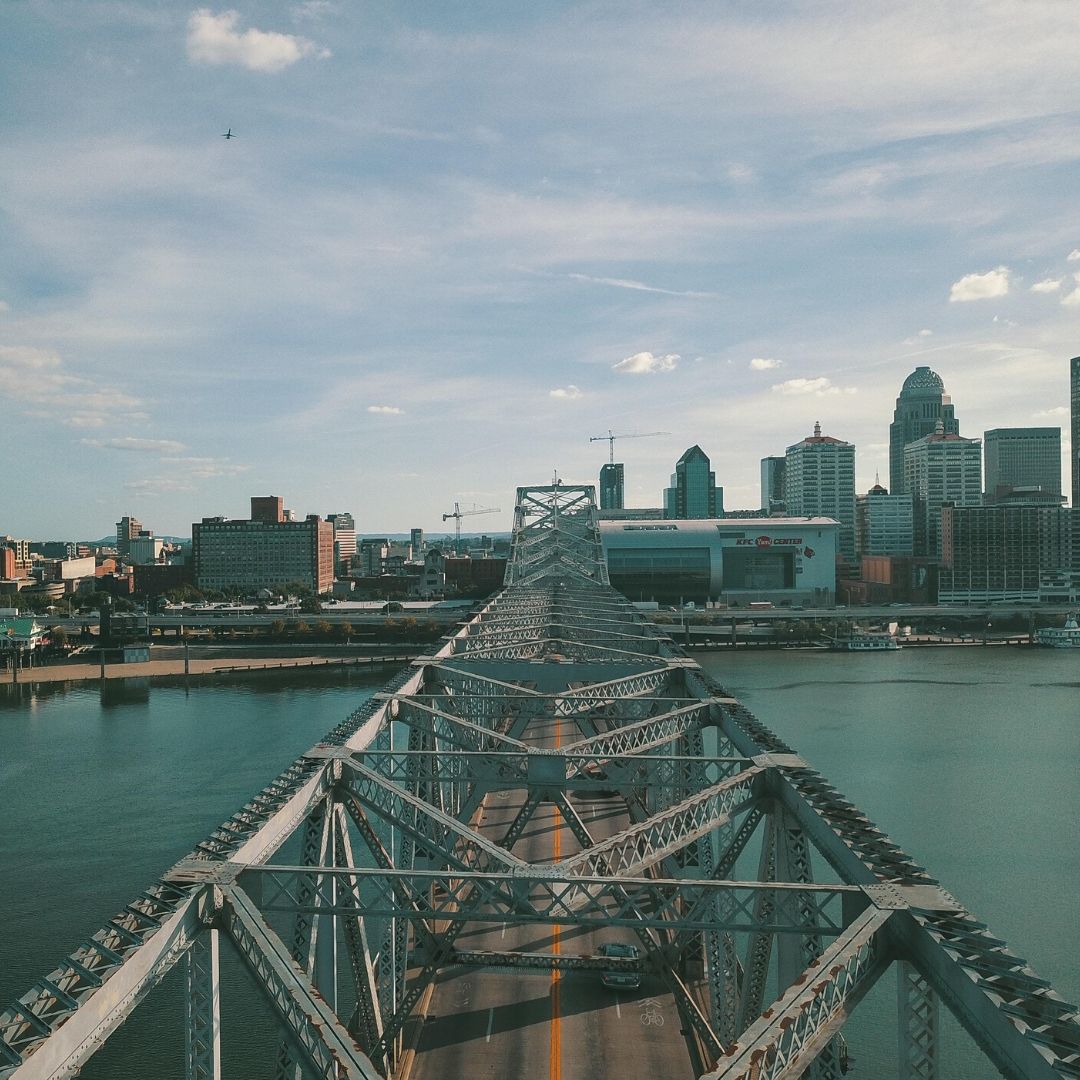
A non-profit organization that raises community awareness about the cities’ tree canopy deficit and benefits its community by replanting trees in areas of the greatest need.
The backbone for the first study of its kind to scientifically & clinically research the impact of trees and our health in urban areas.
Why is Louisville, KY losing so many trees?
- Heart disease, strokes, asthma and other medical conditions caused by pollution are currently found to be at very high levels in Louisville
- Trees catch particulate matter in their leaves, which reduces air pollution by 1/3 and if planted near highways, they can act as a buffer, reducing pollution by up to 60 percent
- The Nature Conservancy shows that life expectancy in “leafy suburbs” of Louisville is 13 years longer than in South and West Louisville areas who have less access to nature
What Trees Louisville is doing about it →
They are focusing on replanting in "areas of greatest need" as defined by the 2015 Urban Tree Canopy Assessment and by the 2015 Urban Heat Management Study. Their targeted area: West & South Louisville. Trees Louisville seeks to identify planting opportunities and develop partnerships with large landholders within the county and landowners who may not typically be involved in tree planting efforts.
The Green Heart clinical study Health, Environment, and Action in Louisville appropriately dubbed, “The HEAL Study” will provide us with never before seen information on the links between trees and health in urban areas.
In addition, The University of Louisville is studying individuals ages 25 to 70 in the "HEAL" study which will explore how trees can positively impact the health of a neighborhood and the people who live there. This is a 5 yr study where researches will monitor participant health before tree planting and then again after over the next 5 years.
This poses some real challenges, however, “A neighborhood is not a laboratory, where variables are easily controlled. And this project would be far beyond the scale of prior research that identified connections between neighborhood greenness and health. There has never been a rigorous scientific study that quantified the health effects of urban greening. This will be the first attempt to understand, is nature a viable, replicable therapy?” Dr. Aruni Bhatnagar
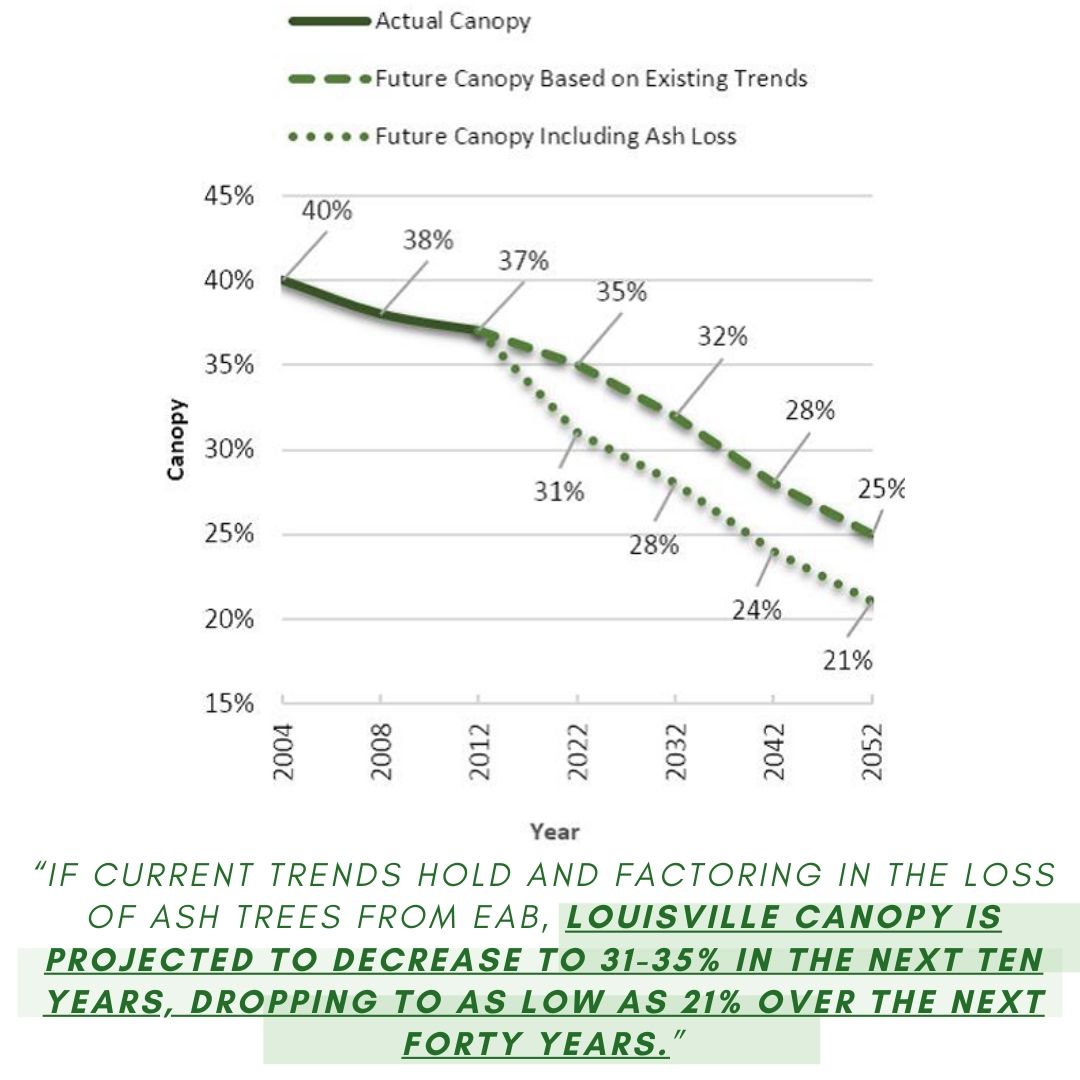
RESOURCES & REFERENCES
Green Heart Louisville
Trees Louisville
LouisvilleKY.gov— Louisville's Urban Tree Canopy Assessment
The Nature Conservancy— The Journey to the Coronary Valley
The Dirt-— Green Heart: First Major Clinical Study to Examine the Health Impact of Trees
The Dirt— The Reason to Expand Urban Forests: Our Health





